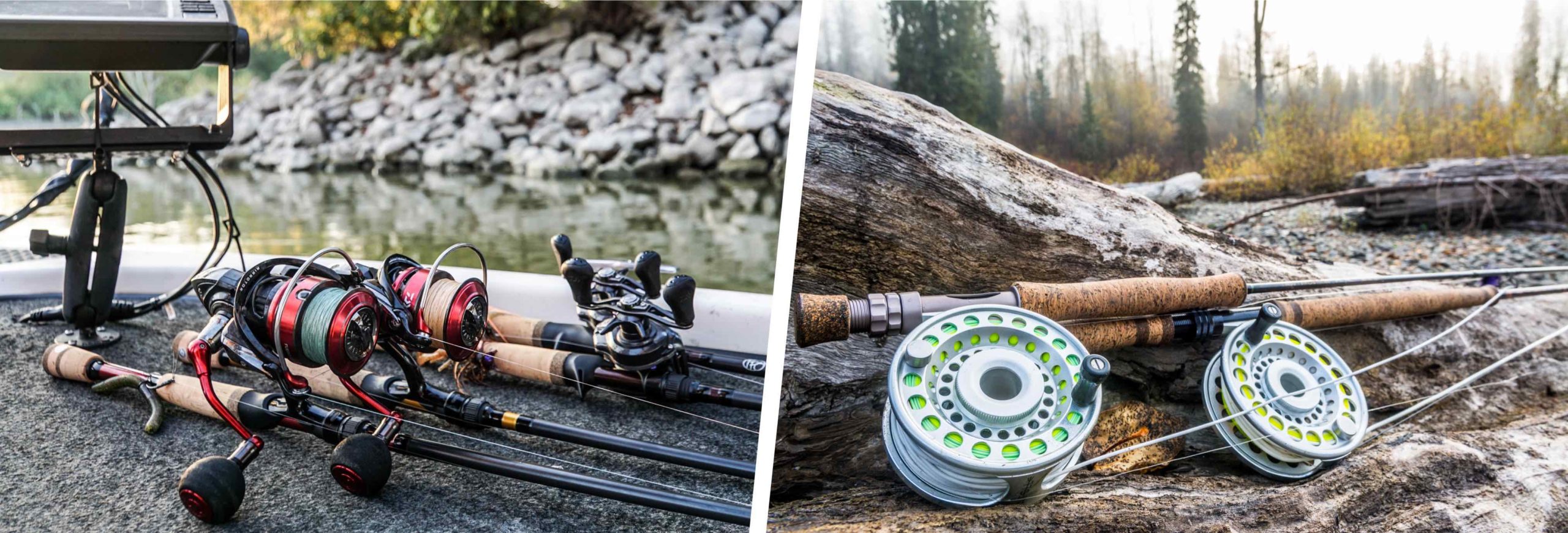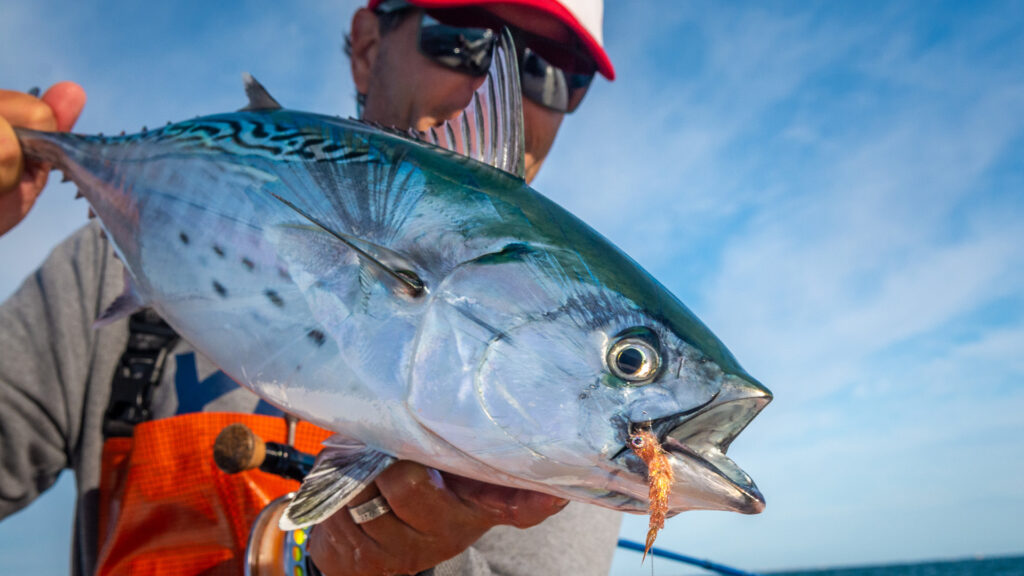I have a confession to make: I bought my first spinning rod and reel in more than 20 years.
I admit it. I’m a diehard fly-only, fly fisherman. I grew with the old closed face, Zebco reels, but once I got the long rod in my hand, I never wanted to let it go.
Was I stubborn? Maybe. The truth is I fell in love with making a rod bend and forming a loop.
However, my passion for fly casting recently ran smack into a dose of reality. Traditionally, I’ve fished the Florida salt — in Tampa, Jupiter, St. Augustine, but recently switched to freshwater when I moved inland —- to the banks of the Santa Fe River in North Florida.
My river house has a platform on the water that backs up to a treeline. There’s no floating dock and no way to cast a fly. If I wanted to fish in my backyard, spinning gear was the only way to go. Passion yielded to pragmatism and I bought a spinning outfit and a batch of Rooster Tail spinners from the local True Value hardware store, a development that led to the idea for this blog post: What can gear fishermen learn from fly fishermen and vice versa?
I called upon Collins Illich, Vice President/Bass Category Manager of TFO, for a bit of insight on how fly and gear anglers can learn from each type of fishing. Collins is a former fly shop owner and fly fishing guide. He also fishes with traditional gear. Below are a few excerpts of our conversation.
TFO: What can gear fishermen learn from fly fishermen?
CI: “The number one thing fly fishermen have that gear fishermen are trying to do. … There’s a whole category of gear fishing that’s called finesse fishing. No matter how finesse you get with a baitcaster or a spinning reel, you are never going to be as finesse as you are with a fly rod. Fly fishermen represent the ultimate in finesse fishing. Associated with finesse fishing, I would talk about precision. Gear fishermen in the bass category, they’re going to cover a lot of water quickly. They make a lot of casts. Fly fishermen are much more precise, more methodical traditionally. One thing that I try to visualize when I’m trying to get guys to cross over is if I’m fishing a specific piece of water, but I only care about the first three feet of the retrieve, if I fish with a fly rod, I can cast, make the first few feet of the retrieve and cast again. You can’t do that with a baitcasting rod. The methodical nature of fly fishing is a good lesson. The finesse of fly fishing is a good lesson for the gear fisherman. You’re seeing a lot of techniques in the gear side adapted from the fly side. You’re seeing bass fishermen use bucktail jigs.”
TFO: Is it realistic to expect the gear fishermen to acquire the finesse without the fly rod and fly?
CI: “It’s how you use a rod, how you use a bait. They’re all realistic. Studying other fishermen is going to make you a better fisherman. There’s an expression Rick Pope uses here at TFO: A master mechanic has more than just a crescent wrench in his toolbox. You can literally take a rabbit strip fly — rabbit strip is one of the most effective materials in terms of enticing a fish to bite —- you can take that instead of a soft plastic and drop shot it on 6-pound mono or 6-pound fluoro and catch fish that you would have never caught (before), heavily pressured fish.
TFO: I know (pro bass fisherman) Shaw Grigbsy is a big fly fisherman:
CI: “Best sight fisherman in the world.”
TFO: I heard Roland Martin is a big fly fisherman as well.
CI: “I’ve fished with Roland Martin. That’s cool. It doesn’t surprise me that Shaw Grigsby is a fly fisherman. As you slow down and as you get more precise with you casts, you’re going to become a better fly fisherman. No one questions whether Shaw Grigsby is the best sight fisherman among the elites.”
TFO: Now for the second half of the equation: What can fly anglers learn from gear fishermen?
CI: “The first and most effective thing is to fish deep. The number one limitation that people complain about in fly fishing outside of the wind is fishing deep. Seeing how a gear fisherman positions himself and studies the water and uses various columns and how he uses electronics, you don’t see a fly-fishing guide with $3,000 graph on their boat very often. There’s a reason the gear fisherman has that; he’s looking at water; he’s looking at water temperature; he’s looking at structure. He’s looking at ways to present a bait in 30 feet of water, in 20 feet of water, in 12 feet of water that the fly fisherman would have never even tried without watching a gear fisherman do it.
“The other thing would be (to speed up) and it’s the inverse of teaching a gear fisherman to slow down. Well, a gear fisherman can teach a fly fisherman to how to speed things up. If you fish a bait efficiently, you can fish it very, very quickly, especially if you’re skipping spots. Learn where the fish are. Don’t fish the open water. Fish the water with the fish in it. Both can teach efficiency, but on a different spectrum. One faster. One is slower.
“I would talk less about teaching it and more about enjoying it. If I’m a fly fisherman fishing Toledo Bend with a fly rod, I’m enjoying it. I’ve got a three-day trip. This is awesome. Then day three, it’s raining and the temperature’s dropped 10 degrees overnight and we’re blowing 30 miles an hour, and I don’t know how to gear fish, I’m not going to be able to fish effectively. Learning how to broaden your scope will make you a better fisherman, let you fish in more conditions and let you enjoy more of it.”






